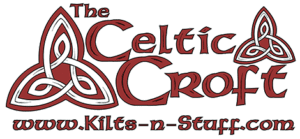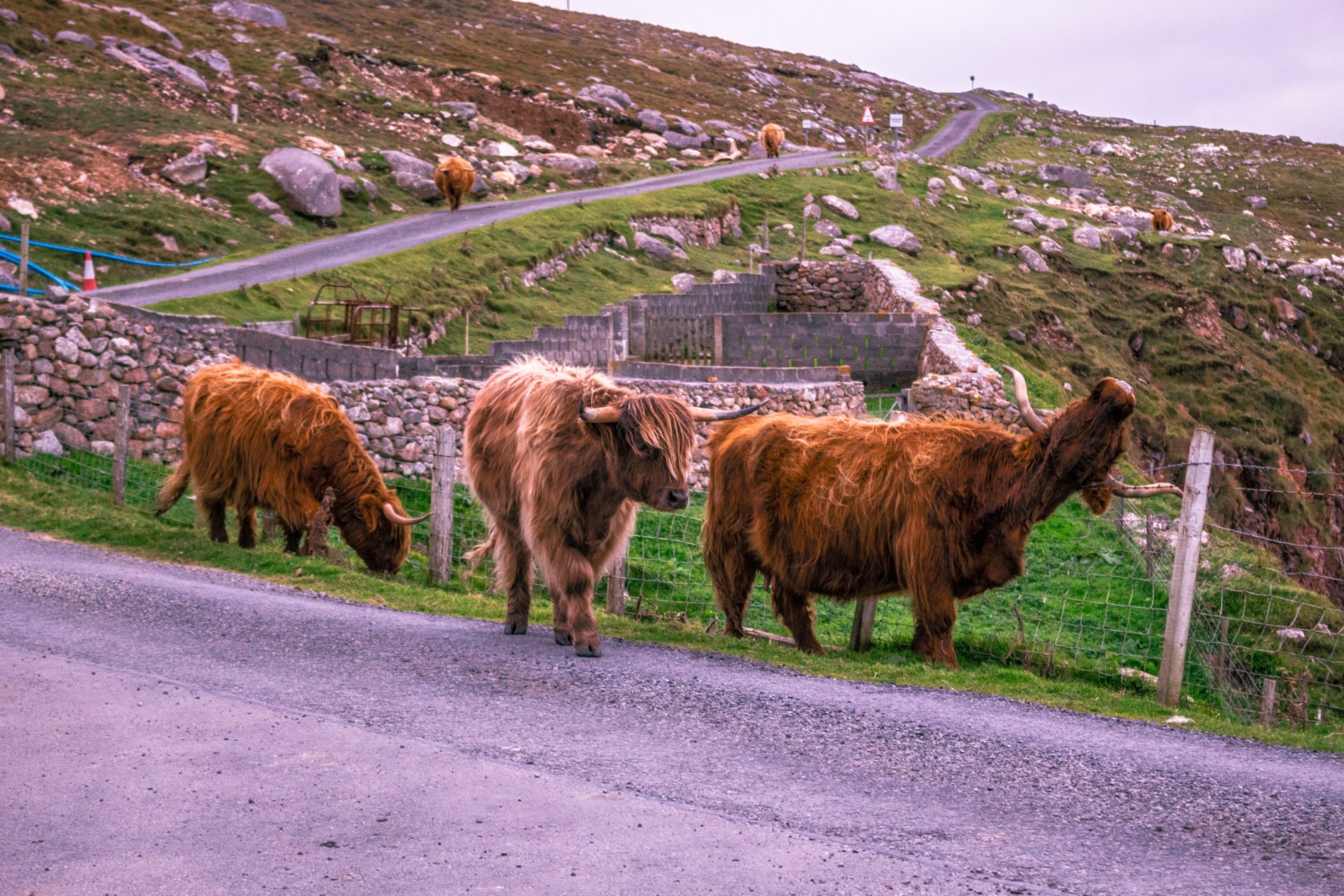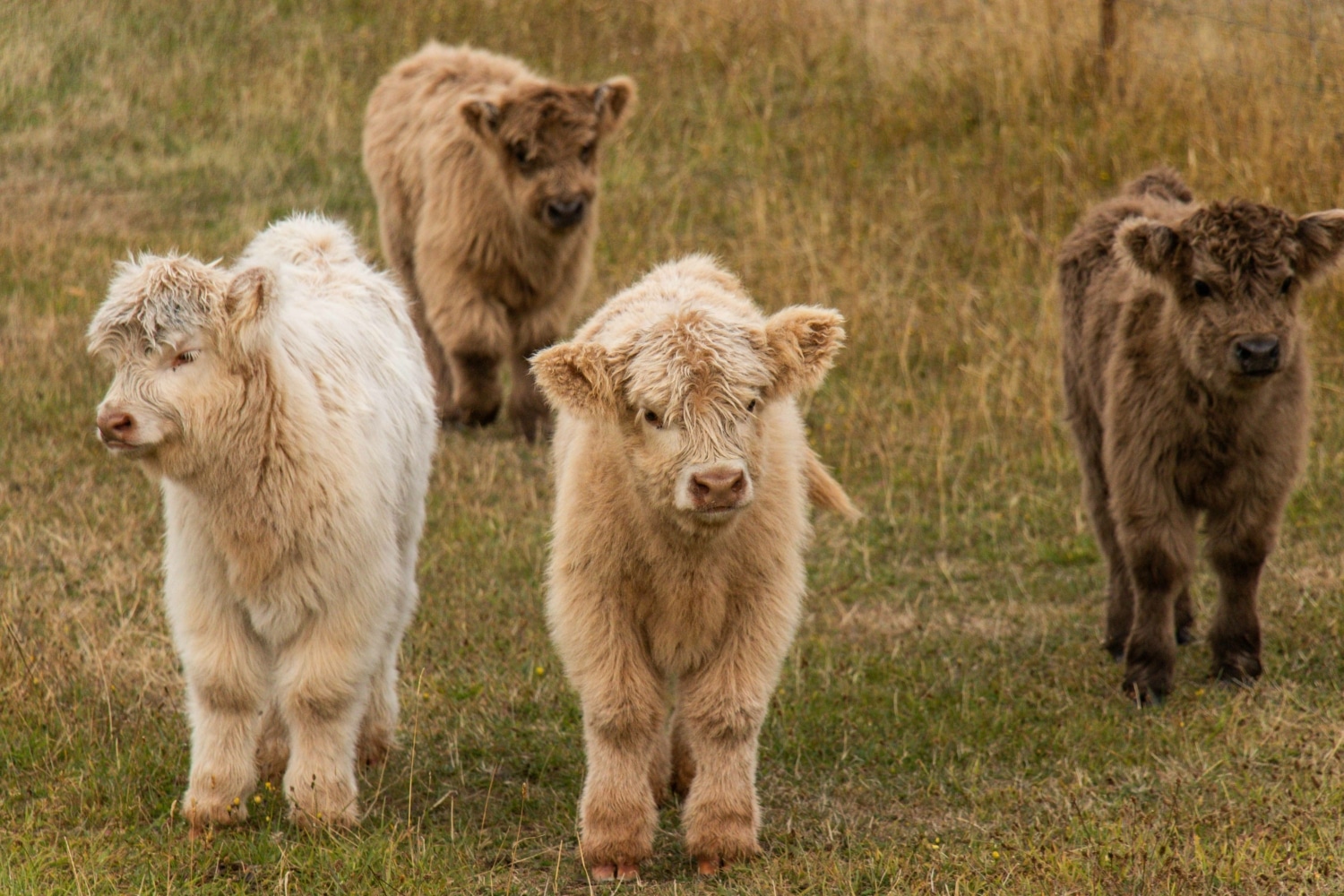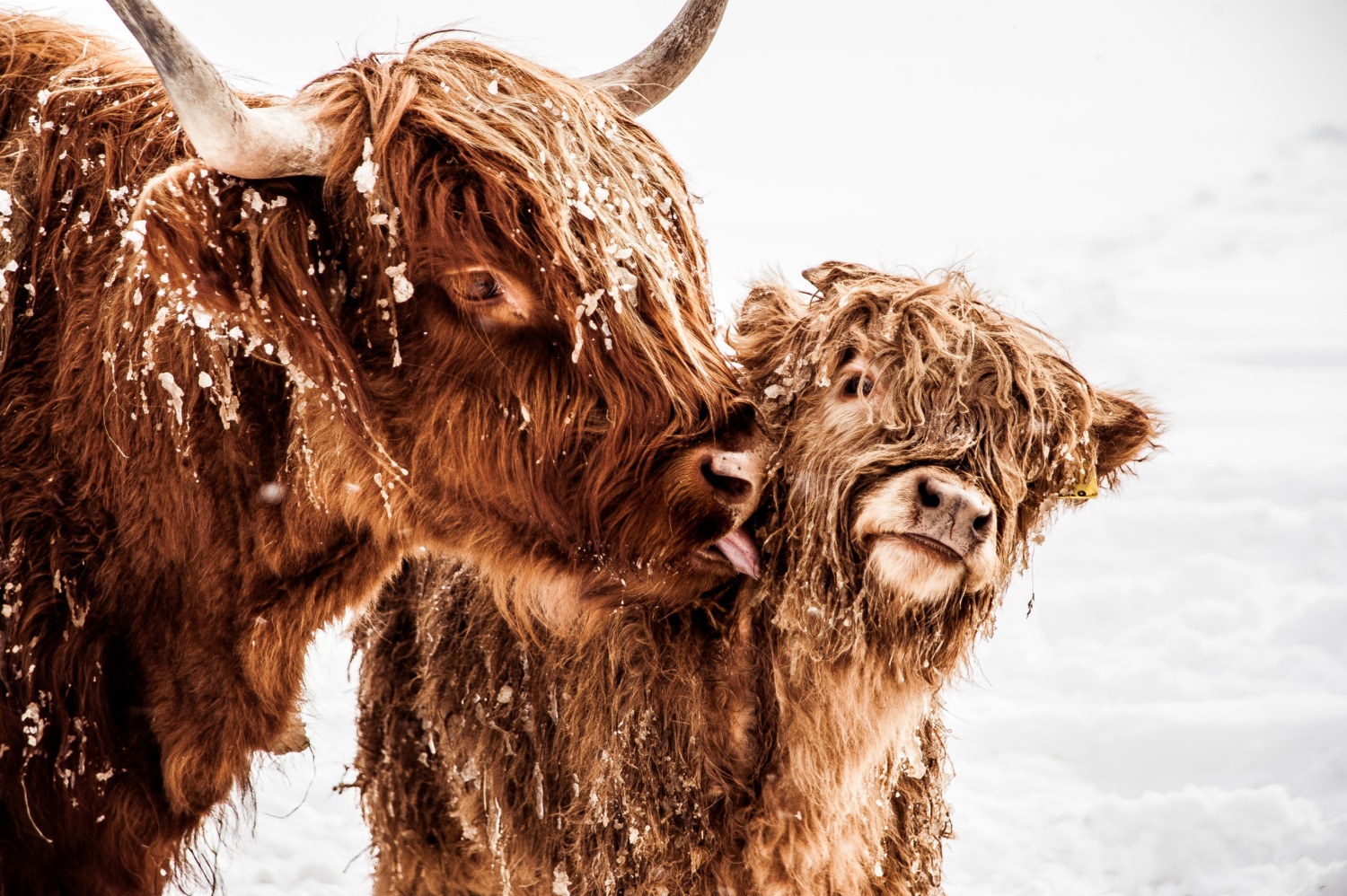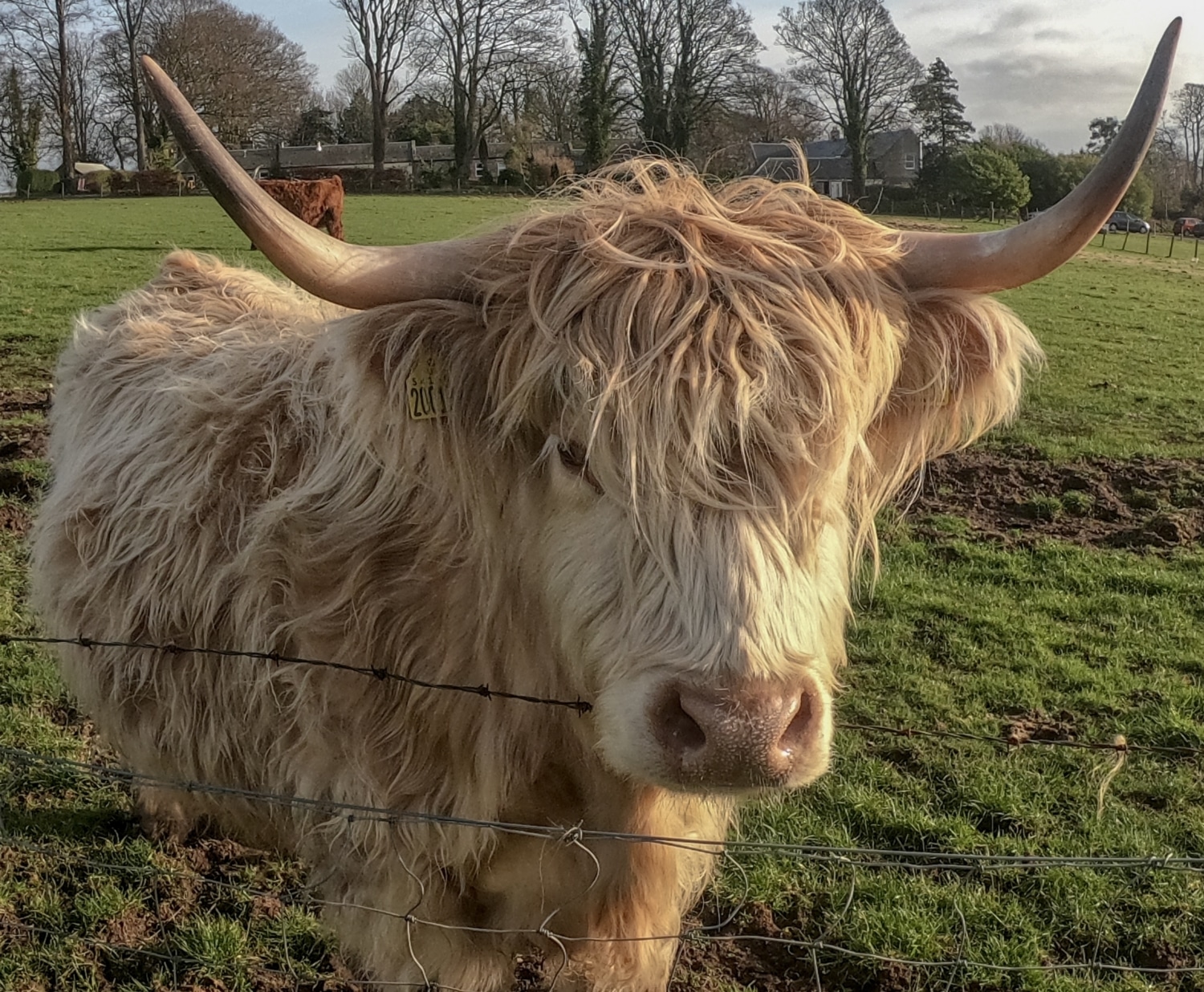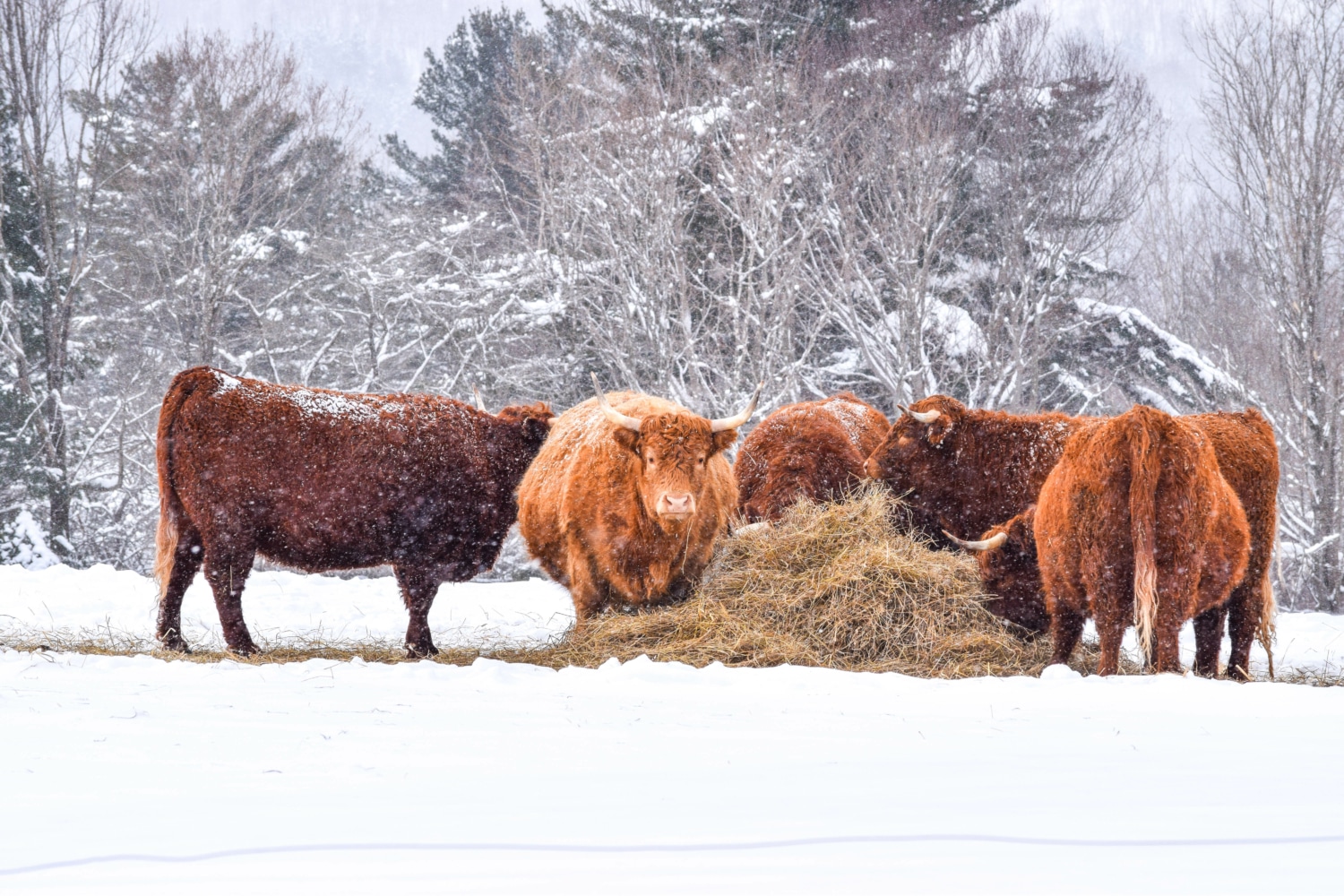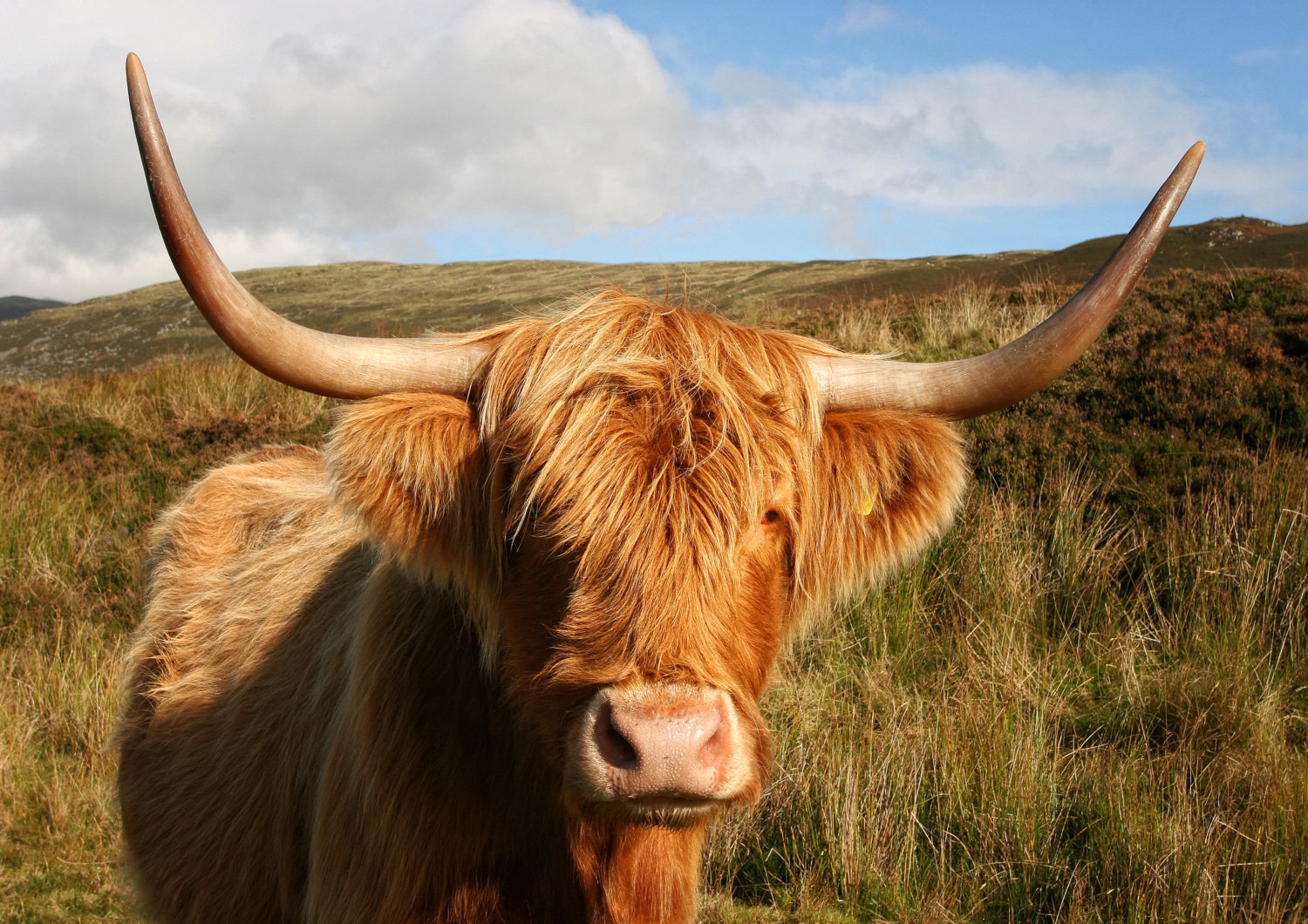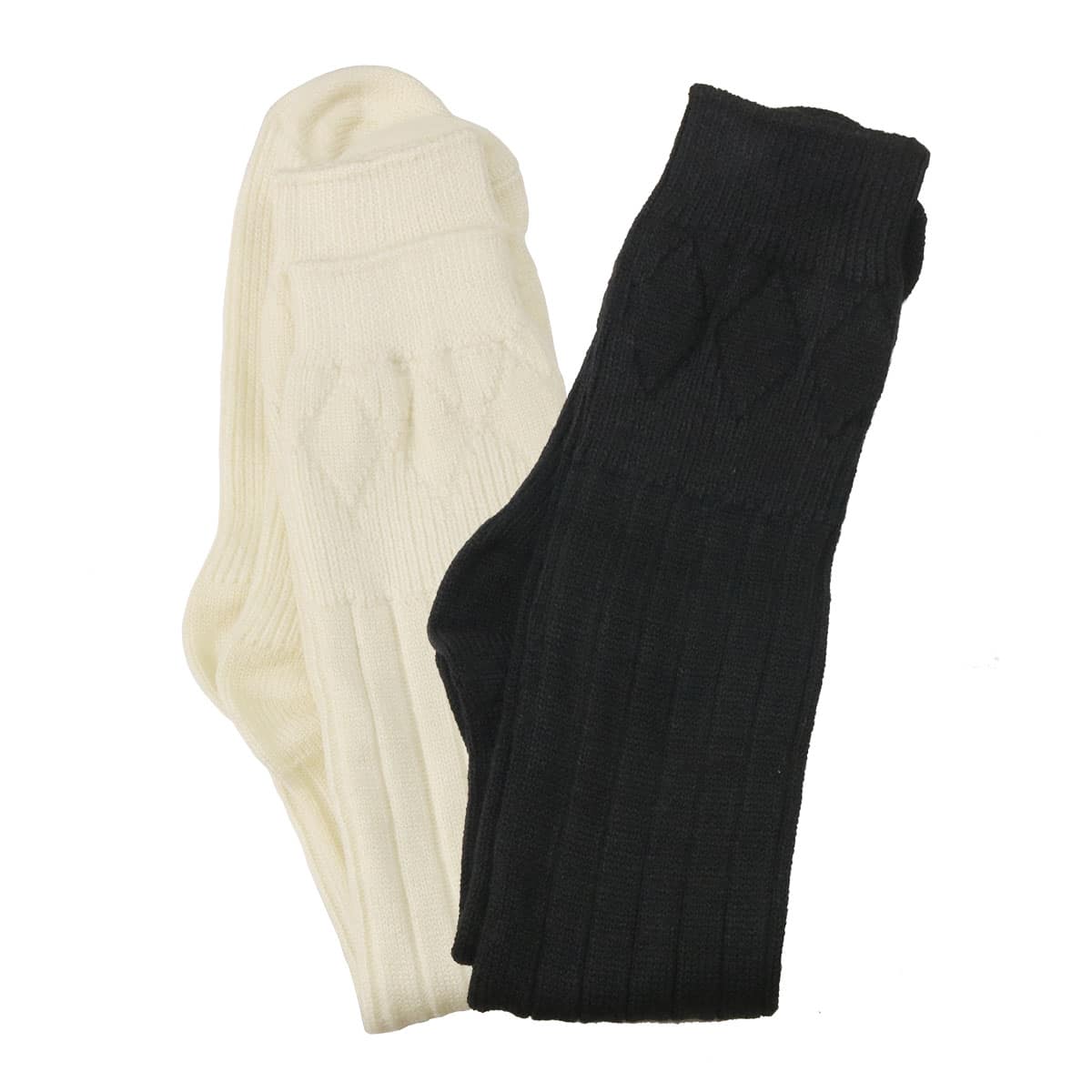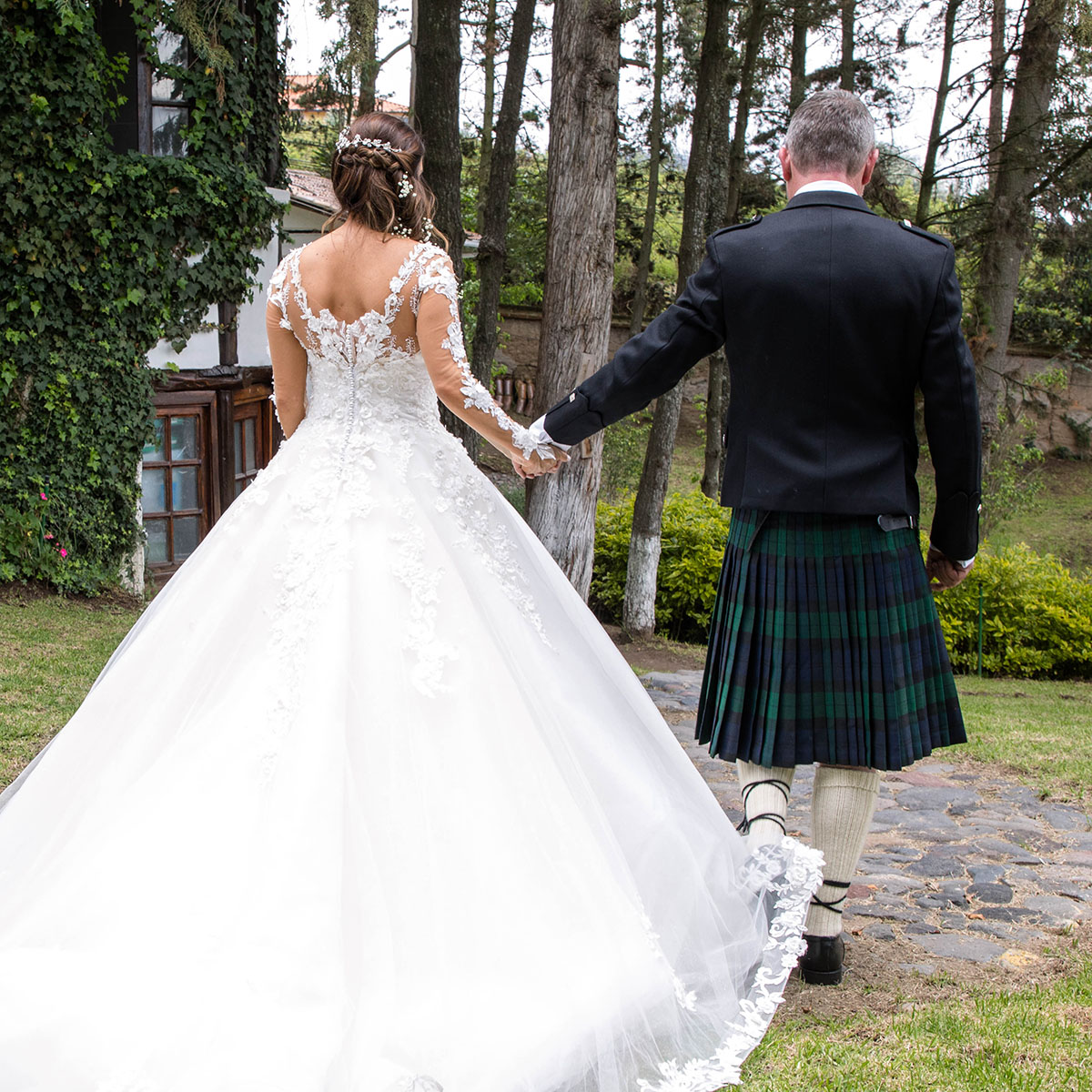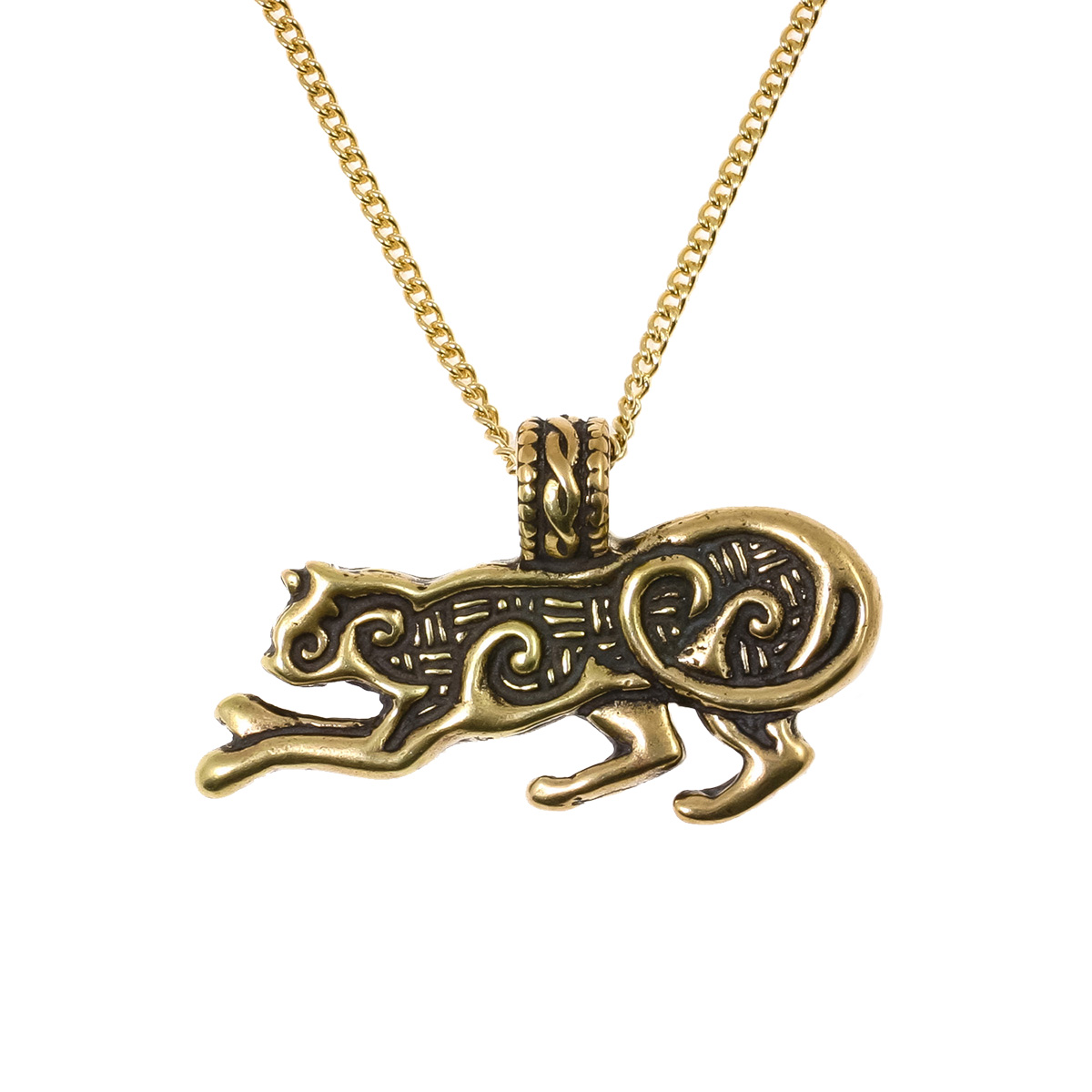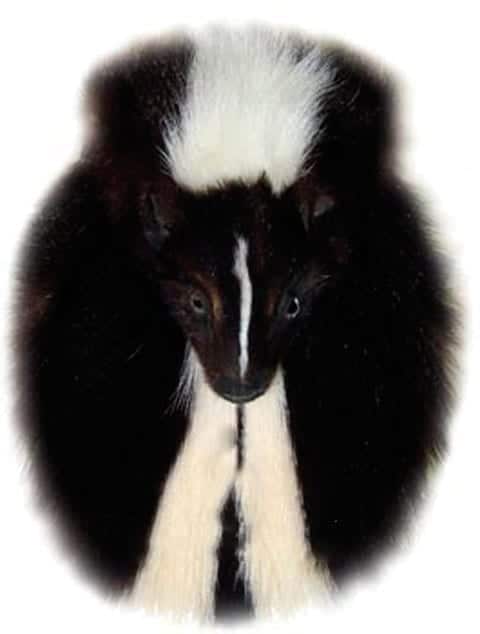While traveling across Scotland’s sweeping landscapes, there’s an iconic creature sure to make you pull out your camera. Highland Cows are large, unique, and docile cattle with reddish shaggy coats and long, impressive horns.
The Scots refer to them as the “Highland Coo” or “Hairy Coos.” They have been grazing on Mainland Scotland, and the isles, since the sixth century.
Here’s everything you need to know about the Highland Cow, according to Wikipedia. They are indeed a sight to see and the oldest registered cow in the world!
Where To See Highland Cattle
These unique cattle are all over Scotland, so getting an up-close and personal experience with them is easy. Check out this article titled “Where To See Highland Cows In Scotland.”
Highland Cows are notorious, docile, and friendly. Long ago, they were often brought into the home to increase warmth and protect them from theft. Can you imagine how warm sleeping next to a gentle giant on a winter’s night would be?
They are quite used to being the center of attention and take the attention in stride, and even seem to enjoy it. That said? Being aware of your surroundings is always wise.
Approach these gentle giants with respect and awareness.
Not Just Gingers
Did you know that not all Highland Cows are red? Long ago, they were by and large, black. This breed was called the Kyloe.
Queen Victoria once commented while on a trip that she preferred the red colored cows. This seemingly small comment prompted selective breeding of the iconic reddish color, so the black coats gradually subsided.
Initially, the Kyloe was raised on Scotland’s western islands and mostly had black and brindle coats. They are also slightly smaller than the Highland breed due to the severe weather and limited food supply on the islands.
Today, however, all fluffy and multi-colored members of the breed are just called Highlanders.
These magnificent creatures can be a variance of many colors:
Calving Season
There’s no denying that a Highland Cow calf is the epitome of adorable. The little cows are incredibly fluffy, comical, innocent, and CUTE! Seeing calves get their legs beneath them while running, tossing their heads, head butting, and playing will make your heart melt and cause a chuckle or two as well.
Mating occurs throughout the year, so your chances of seeing a calf are high. As stated above, it’s wise to approach a mother and her calf with caution, but a carrot is a welcomed treat and goes a long way to assure the mother you mean no harm to her or her baby.
Mothers typically give birth to one calf, but twins are possible, too. Holding a newborn is like snuggling a big, soft, red teddy bear.
Why Raise Highland Cows?
Highland Cows, or Coos, are raised for meat, milk, and showing. The meat is leaner than other beef because of the insulation provided by their shaggy coats, rather than fat. It also has less cholesterol.
Farmers can successfully raise Highland beef on land that is otherwise unsuitable for other cattle breeds, which is why they’re the leading cattle on Scotland’s terrain. Overall the market for high-quality beef has declined. Especially during the global pandemic, people are finding ways to save money on meat and groceries.
One way to address this decline is to cross-breed Highland Cows with Shorthorn or Limousin cattle. This practice results in tender beef with a less expensive commercial value.
Their milk has a high butterfat content, up to 10%, making them excellent house cows. A house cow is a cow kept for milk production in a house kitchen. One cow can produce about 2 gallons of milk per day, which is plenty for personal use.
In 1954 Queen Elizabeth ordered that Highland Cows come to Balmoral Castle, where they still live today. It’s commonly known that it’s the only beef the Queen will eat.
Why The Long Coat?
The wild winters of Scotland are not for the faint of heart. Highland Cows have a unique double coat of hair, which is the longest of all cattle breeds. The oil in the topcoat wicks away dampness and rain. While the downy undercoat which provides warmth and protection against water and high winds.
Of which there is plenty in Scotland.
This distinctive coat provides layered warmth, but it also helps protect the cows from the rugged underbrush. Their hair or “bangs” on their forehead is called a “dossan.” And it’s more than just part of their attractive look. It protects their eyes from menacing flies.
When showing a Highland Cow, following the breed standards is critical. These guidelines ensure that the cattle are of a high standard. They are groomed with specific oils and conditioners to give them their fluffy look. The judging covers four main areas:
- Head
- Neck
- Back & Body
- Hair
Judges also look for accouterments like natural horns, wide between the eyes, straight and short legs, and the Highland Cow’s tell-tale wavy hair. You can find out everything you’d like to know from the Highland Cattle Society.
[blog-cta-button maintext=”Are You Ready to Buy?” ctalink=”www.kilts-n-stuff/shop/” ctatext=”Explore the Shop”/]
Highland Cows & Scottish History
When researching your Scottish heritage or curiosity about Scottish history, the Highland Cow will show up as an essential part of Scotland’s earliest farming records. These stunning creatures provided meat, milk, labor, and warmth during the coldest months and a gentle, warm company.
Their iconic and thick hair provided many essential uses. Their hides make great blankets and rugs. Wives of farmers would use the Highland Cow’s hair as yarn for clothing. They also make excellent work animals due to their strength and mild temperament.
Who knows? As you research your Scottish heritage, you will find that this magnificent and hearty animal sustained your ancestors, weathered the harshest storms, and provided so much more than just meat.
